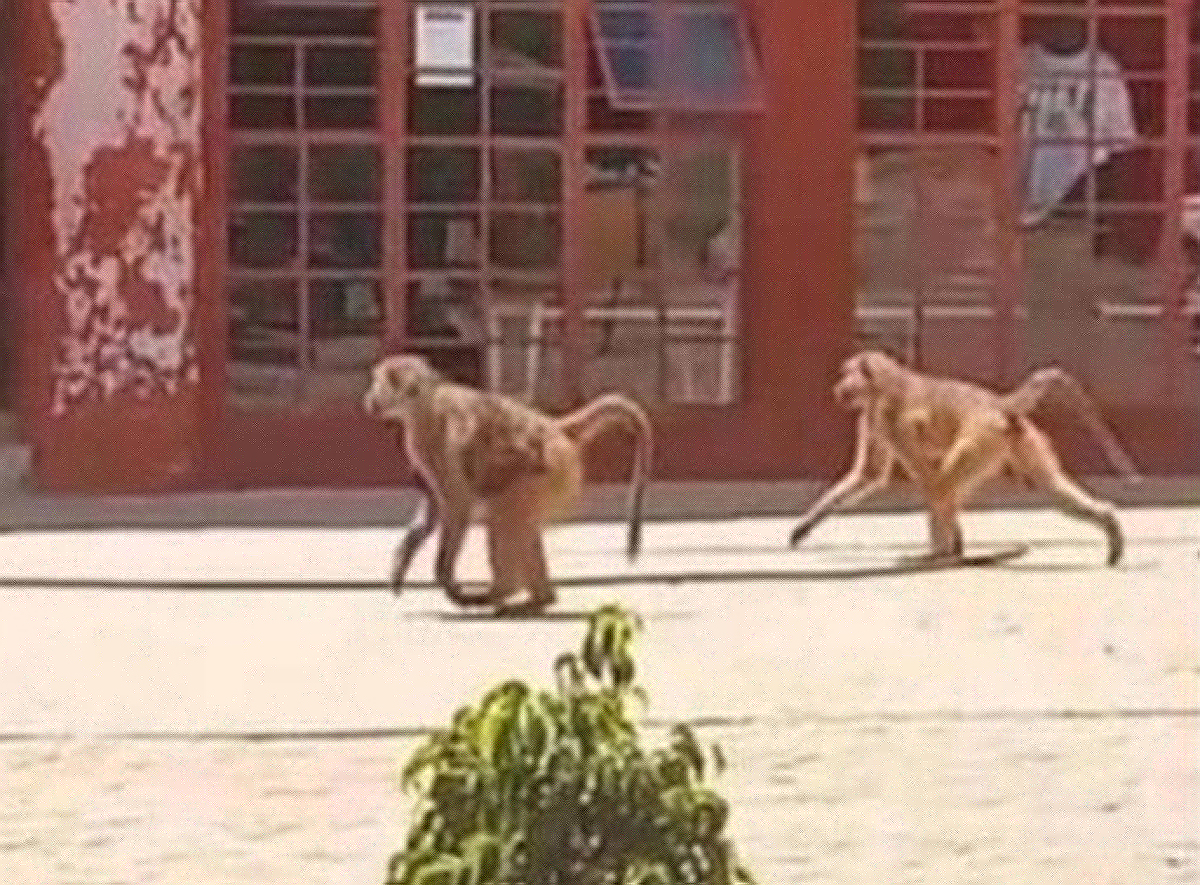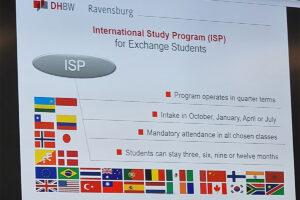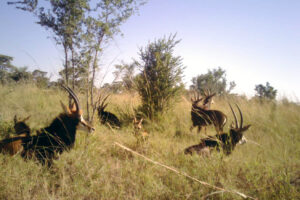In a remarkable and symbolic event at the University of Namibia’s Katima Mulilo Campus, baboons found their way into the multipurpose hall, coexisting peacefully with students. This unexpected yet powerful moment highlights the deep and historical relationship between humans and wildlife in the Zambezi region. It serves as a reminder that coexistence is not only possible but essential for both species to thrive.

As a student of Wildlife Management and Ecotourism, I see this event as an opportunity to reflect on the broader implications of human-wildlife interactions. The Department of Wildlife Management and Tourism Studies at Katima Mulilo plays a crucial role in fostering understanding between communities and the environment. The presence of baboons within the campus, rather than being seen as an intrusion, symbolizes the shared space that humans and wildlife must navigate together.
The Science of Coexistence
Research in Namibia has shown that conservation efforts centered around local communities have a significant impact on human-wildlife interactions. A study conducted in the Eastern Communal Conservancies emphasized that community engagement and education are vital in mitigating conflicts between people and wildlife (Wiley Online Library, 2023). By understanding animal behavior and fostering local stewardship of natural resources, we can create an environment where both humans and wildlife benefit.
Namibia’s communal conservancy model is globally recognized for its success in wildlife conservation. These conservancies have played a pivotal role in restoring and maintaining wildlife populations while providing economic opportunities through ecotourism (The Guardian, 2025). The expansion of UNAM’s Katima Mulilo Campus, with new facilities dedicated to wildlife studies, further strengthens the foundation for research and conservation initiatives in the region (UNAM Forum Online).
Strengthening the Bond Between Humans and Wildlife
The sight of baboons among students is more than just a chance encounter—it is a call to action. It urges us to re-evaluate our approach to wildlife conservation. Rather than seeing animals as invaders, we should recognize them as cohabitants of our shared environment. The Department of Wildlife Management and Tourism Studies should use this as a platform to explore new ways of promoting coexistence through education, research, and policy development.
Investing in sustainable conservation strategies, including habitat protection, ecotourism, and public awareness campaigns, will help strengthen this relationship. If we can foster a mindset that views wildlife as part of our daily lives rather than separate from human existence, we will move closer to a future where humans and nature exist in perfect balance.
A Future of Harmony
The baboons at UNAM Katima Mulilo remind us of a fundamental truth—we are not alone on this planet. Our actions determine whether we live in conflict or harmony with the natural world. As an upcoming graduate passionate about conservation, I believe that our generation holds the responsibility of ensuring that wildlife and people continue to thrive together.
By embracing research, education, and sustainable practices, we can turn moments like this into lasting symbols of unity. The future of conservation in Namibia—and beyond—depends on how well we learn to share our world with the creatures that have always been a part of it.
Written by: Daniel Munyanya
BSc in Wildlife Management and Ecotourism (Upcoming Graduate), Passionate About Nature





